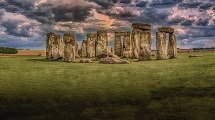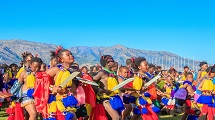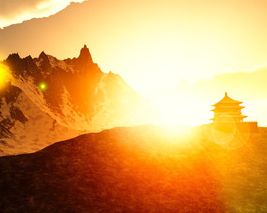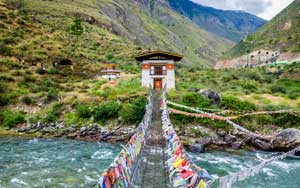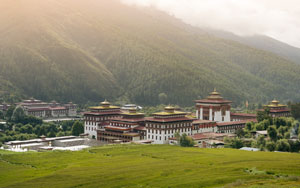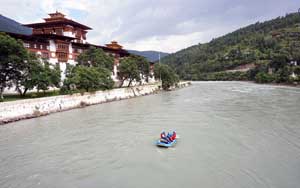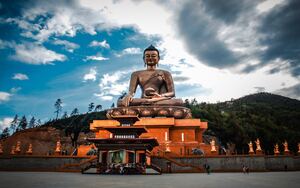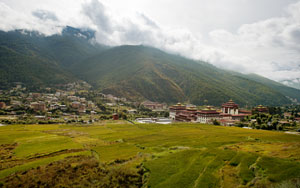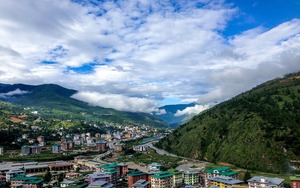The mystic land of Bhutan celebrates many festivals, including the Bhutanese New Year, the summer solstice, National Day and more. But the most important of them all, is Tshechu, a religious festival that is observed all across the country, at various times throughout the year. You could easily catch the experience,… read more
The mystic land of Bhutan celebrates many festivals, including the Bhutanese New Year, the summer solstice, National Day and more. But the most important of them all, is Tshechu, a religious festival that is observed all across the country, at various times throughout the year. You could easily catch the experience, no matter when you choose to travel.
Other Bhutan festival
Aside from the main festival of Bhutan, you could opt for the more offbeat festival experiences. Jambay Lhakhang Drup held at the Jambay Lhakhang monastery includes a stunning fire ceremony. Or the Punakha Drubchen that does a dramatic reenactment of a 17th Century battle with Tibet, as a build up to the Punakha Tschechu. Yet another Bhutan festival you can visit is the Haa Summer Festival, set against a sensational Himalayan backdrop, and is a joyous celebration of the nomadic lifestyle of the Haa Valley locals. Forget the fancy bucket list, this is your chance to experience truly one-of-a-kind moments like riding a yak!
For the eco adventurer in you, the Black Necked Crane Festival is unmissable. Visit the courtyard of Gangtey Goenpa in Phobjikha Valley and join the locals in celebrating the arrivals of this iconic endangered bird and native winter species of Bhutan, through dances, environmental dramas and folk songs.
Bhutan festival dates
For the Tshechus, the dates are set as per the lunar calendar, usually the tenth day of the month, corresponding to Guru Rinpoche’s birthday. The exact month will vary between regions, temples and towns. The next one in Paro is from 17th to 21st March, while the Thimphu Tshechu falls on 7th to 9th October 2019.
The other Bhutan festival dates are 13th to 16th November for the Jambay Khakhang Drup, while the Punakha Drubchen and Tshechu are on 12 to 14th February and 15th to 17th February, respectively. Meanwhile the Black Necked Crane Festival is scheduled for 10th and 11th November, right as winter sets in.
You can also go for the renowned Jomolhari Mountain Festival on the 14th and 15th of October 2019, an enlightening experience celebrating the renowned Jholmolhari trek and the yak herder communities, that have dedicated their lives to protecting that precious ecosystem and all its inhabitants. The Matsutake Mushroom Festival held by the Ura people in Bumthang is another extraordinary festival experience Bhutan offers you, on the 23rd and 24th of August. Spend days understanding and relishing the sustainable harvesting of native mushrooms.
Choose from one of SOTC’s tailored Bhutan tour packages and get ready to experience spiritual bliss. Whatever kind of Bhutan festival you choose to experience, what you will come away with is an awareness. Of beauty, life, spirit, community, land. Even if for just a fleeting moment, you’ll become one with the earth, just like the people of Bhutan always are.
read less




